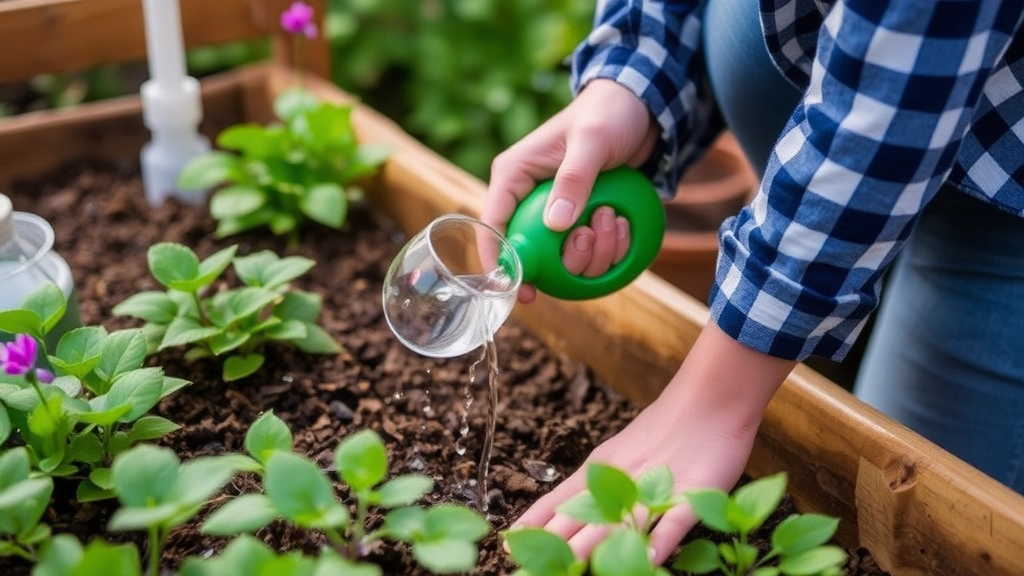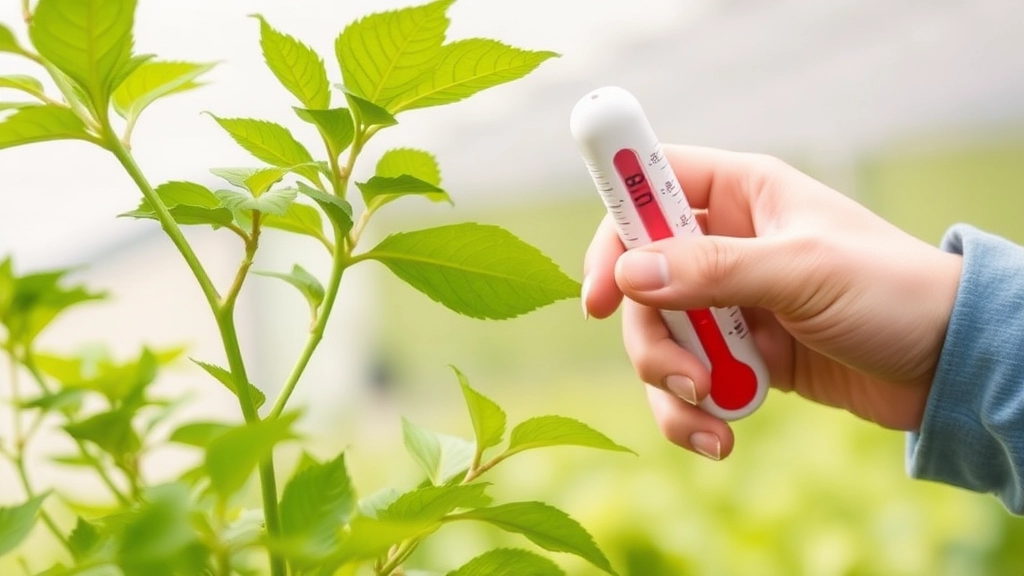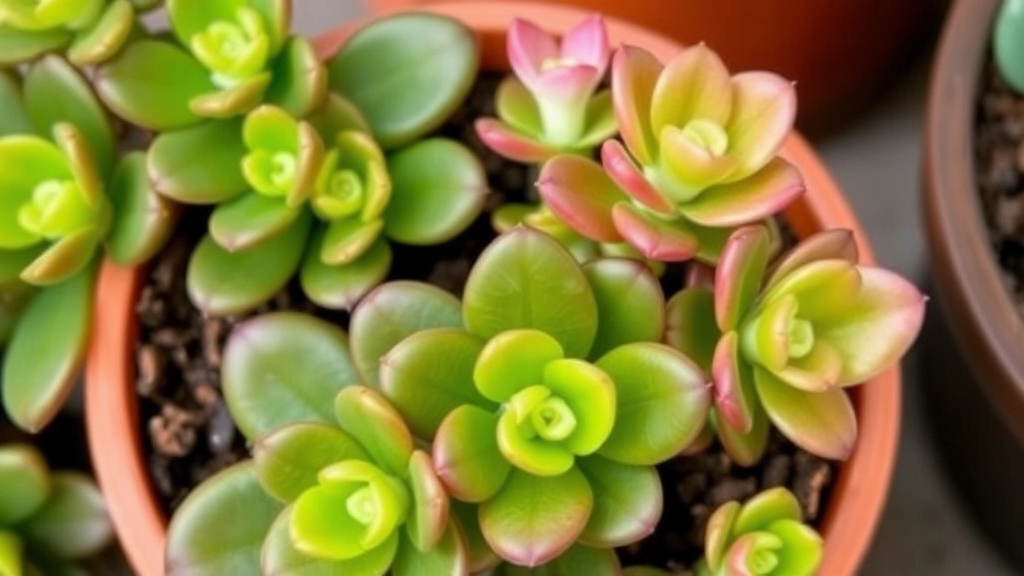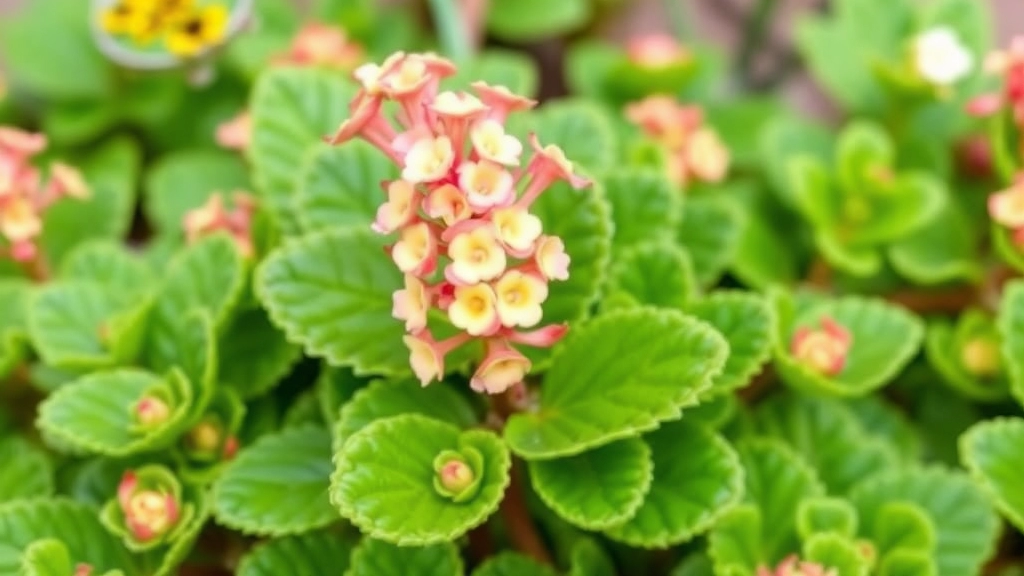Post-Bloom Care for Kalanchoe
Wondering what to do with kalanchoe after flowering? You’re not alone. As a kalanchoe owner, I’ve discovered that post-bloom care is crucial for keeping these vibrant plants healthy and encouraging future blooms.
Essential Steps for Care
- Pruning and Deadheading: Snip off the spent flowers and trim any leggy growth to maintain a compact shape. This not only tidies up the plant but also redirects its energy towards new growth.
Adjusting Care Routine
- Watering: After flowering, kalanchoe enters a dormancy period, so reduce watering and let the soil dry out between sessions.
- Lighting: Place your plant in a bright, indirect light spot to stimulate reblooming.
- Temperature: Keeping it in a room with stable, moderate temperatures will encourage healthy growth.
By following these steps, you’ll set your kalanchoe up for another stunning bloom cycle.
Pruning and Deadheading After Flowering
After a vibrant display of blooms, many plant enthusiasts wonder how to maintain the health and beauty of their Kalanchoe.
Pruning and deadheading are essential steps to ensure your Kalanchoe thrives after flowering.
Adjusting Watering for Dormancy

So, you’ve just enjoyed a beautiful display of Kalanchoe blooms, and now you’re wondering, “What’s next?”
Well, one of the most crucial steps in caring for your Kalanchoe after flowering is adjusting your watering routine for dormancy.
During this period, your plant needs less water than usual. Overwatering can lead to root rot, and nobody wants that!
Here’s how to nail it:
- Check the Soil: Before you water, poke your finger about an inch into the soil. If it feels dry, it’s time to water. If it’s still moist, hold off a bit longer.
- Reduce Frequency: Typically, you’ll want to water every 2-3 weeks during dormancy. This helps mimic the plant’s natural growing cycle.
- Use Room Temperature Water: Cold water can shock the roots. Stick to room temperature to keep things comfy for your Kalanchoe.
- Drainage is Key: Make sure your pot has good drainage. Excess water sitting at the bottom is a recipe for disaster.
- Signs to Watch For: If the leaves start to wrinkle or look shriveled, it could be a sign that your plant is thirsty. Conversely, yellowing leaves might mean you’re overdoing it.
After ensuring your Kalanchoe is pruned and deadheaded, the next crucial step is providing optimal lighting for re-bloom.
Many plant enthusiasts often wonder why their Kalanchoe isn’t flowering as expected. The answer frequently lies in lighting conditions.
### Key Lighting Tips:
– **Bright, Indirect Light:** Kalanchoe thrives in bright, indirect sunlight. A south-facing window is ideal, but be cautious of direct sunlight, which can scorch the leaves.
– **Duration Matters:** Aim for around 12-14 hours of light daily. If natural light is insufficient, consider using grow lights to supplement.
– **Seasonal Adjustments:** During winter months, your Kalanchoe may need more light. Adjust its position as needed to maximise exposure.
– **Monitor Growth:** If your plant starts to stretch or lean towards the light, it may indicate insufficient lighting. Rotate the pot to encourage even growth.
By providing the right lighting, you can significantly enhance the chances of your Kalanchoe re-blooming beautifully. For more detailed care instructions, check out our [complete care guide for Kalanchoe Blossfeldiana succulent](https://planthq.org/complete-care-guide-for-kalanchoe-blossfeldiana-succulent/) and [tips for thriving blooms of yellow Kalanchoe](https://planthq.org/yellow-kalanchoe-care-tips-for-thriving-blooms/).
Managing Temperature for Healthy Growth

Are you struggling to keep your Kalanchoe thriving through seasonal changes?
Temperature plays a crucial role in the health and growth of your Kalanchoe.
Ideal Temperature Range
Kalanchoe plants prefer a warm environment.
- Optimal Temperature: 20-25°C (68-77°F) during the day.
- Night Temperature: Aim for a cooler range of 15-18°C (59-64°F).
Maintaining these temperatures helps your plant flourish.
Seasonal Considerations
As seasons shift, so should your approach to temperature management:
- Spring/Summer: Ensure your Kalanchoe is in a warm, well-lit spot. Avoid direct sunlight to prevent leaf burn.
- Autumn/Winter: Reduce exposure to cold drafts. If your home gets chilly, consider moving your plant to a warmer location.
Signs of Temperature Stress
Keep an eye out for signs that your Kalanchoe is not happy with its temperature:
- Drooping Leaves: Indicates it’s too cold.
- Leaf Drop: Can occur if temperatures fluctuate too much.
Adjusting your plant’s environment promptly can prevent long-term damage.
Creating a Stable Environment
To maintain a consistent temperature:
- Use a Thermometer: Monitor the temperature in your plant’s area.
- Avoid Heating Vents: Position your Kalanchoe away from direct heat sources.
- Insulate During Cold Months: Use plant covers or move them indoors if necessary.
By managing the temperature effectively, you set the stage for healthy growth and vibrant blooms.
Fertilizing to Support New Growth
After ensuring your Kalanchoe has been pruned and deadheaded, the next crucial step is fertilizing to support new growth.
Many plant enthusiasts often wonder about the best way to nourish their plants after flowering.
Why Fertilizing Matters
Fertilizing your Kalanchoe is essential for replenishing nutrients and promoting robust growth. A well-fed plant is more likely to thrive and produce vibrant blooms in the next flowering cycle.
Propagating Kalanchoe from Cuttings

So, you’ve got a beautiful Kalanchoe and you’re wondering how to multiply that joy?
Propagating Kalanchoe from cuttings is a straightforward and rewarding process.
Here’s how you can do it:
- Choose Healthy Cuttings
- Look for healthy stems with a few leaves.
- Avoid any stems with signs of disease or pests.
- Make the Cut
- Using clean, sharp scissors or pruning shears, cut a stem about 4-6 inches long.
- Make the cut just below a leaf node for best results.
- Let Them Callous
- Place the cuttings in a dry spot for a few hours or overnight.
- This helps the cut end to callous over, reducing the risk of rot.
- Prepare Your Potting Mix
- Use a well-draining potting mix, ideally a cactus or succulent mix.
- You can also add perlite or sand to improve drainage.
- Plant the Cuttings
- Insert the calloused end of the cutting into the soil about an inch deep.
- Water lightly to settle the soil around the cutting.
- Create a Humid Environment
- Cover the pot with a plastic bag or place it in a mini greenhouse to keep humidity high.
- Just remember to check regularly to avoid excess moisture.
- Provide Light
- Place the pot in bright, indirect light.
- Avoid direct sunlight until the cuttings are established.
- Be Patient
- In a few weeks, you should see new growth.
- Once they’re rooted and thriving, you can transplant them into individual pots.
It’s like watching a little miracle unfold right in your home!
Preventing Pests and Diseases
After ensuring your Kalanchoe is well-cared for, it’s crucial to focus on preventing pests and diseases that can hinder its growth and vibrancy.
Are you worried about pesky insects or the possibility of disease affecting your beloved plant? You’re not alone. Many plant enthusiasts face the challenge of keeping their Kalanchoe healthy and thriving. Here are some straightforward strategies to keep your plant in top shape:
- Regular Inspections: Check your Kalanchoe weekly for any signs of pests such as aphids, mealybugs, or spider mites. Early detection is key.
- Clean Leaves: Dust can accumulate on leaves, making them more susceptible to pests. Gently wipe leaves with a damp cloth to keep them clean.
- Proper Air Circulation: Ensure your plant has adequate spacing from others to promote airflow. This helps prevent fungal diseases.
- Avoid Overwatering: Excess moisture can lead to root rot and attract pests. Water only when the top inch of soil is dry.
- Use Neem Oil: A natural pesticide, neem oil can deter pests without harming your plant. Spray it on affected areas as a preventive measure.
- Rotate Plants: Changing the position of your Kalanchoe can help prevent localized pest infestations.
By implementing these simple practices, you can significantly reduce the risk of pests and diseases affecting your Kalanchoe. For more detailed care tips, check out this guide on Kalanchoe Tubiflora care. Additionally, if you are interested in propagating your plant, here is a step-by-step guide to propagating Kalanchoe leaves.
FAQs About Caring for Kalanchoe After Flowering
What should I do with my Kalanchoe after it finishes flowering?
After your Kalanchoe finishes flowering, it’s essential to adjust your care routine, particularly your watering schedule, to accommodate the plant’s dormancy period.
How often should I water my Kalanchoe during dormancy?
During dormancy, you should water your Kalanchoe every 2-3 weeks. Always check the soil moisture before watering to avoid overwatering, which can lead to root rot.
What is the ideal temperature range for Kalanchoe plants?
Kalanchoe plants thrive in a temperature range of 20-25°C (68-77°F) during the day and 15-18°C (59-64°F) at night. Maintaining these temperatures helps ensure healthy growth.
How can I manage seasonal temperature changes for my Kalanchoe?
In spring and summer, place your Kalanchoe in a warm, well-lit spot but avoid direct sunlight. During autumn and winter, protect your plant from cold drafts and move it to a warmer location if necessary.
How can I propagate Kalanchoe from cuttings?
Propagating Kalanchoe from cuttings involves several steps: selecting healthy stems, making clean cuts, allowing the cuttings to callous, preparing well-draining potting mix, planting the cuttings, maintaining humidity, providing indirect light, and being patient for new growth.
What are the signs that my Kalanchoe is experiencing temperature stress?
Signs of temperature stress in Kalanchoe include drooping leaves if it’s too cold and leaf drop if temperatures fluctuate excessively. Adjusting the plant’s environment promptly can prevent long-term damage.
How can I create a stable environment for my Kalanchoe?
To create a stable environment, use a thermometer to monitor the temperature, avoid placing the plant near heating vents, and insulate it during cold months using plant covers or by moving it indoors.
What should I do if my Kalanchoe’s leaves start to wrinkle or look shriveled?
If your Kalanchoe’s leaves start to wrinkle or look shriveled, it may be a sign that the plant is thirsty. Check the soil moisture and adjust your watering schedule accordingly.
How can I ensure good drainage for my Kalanchoe?
Ensure your pot has good drainage holes to prevent excess water from sitting at the bottom, which can lead to root rot. You can also use a well-draining potting mix, such as a cactus or succulent mix, and add perlite or sand to improve drainage.
What type of water should I use for my Kalanchoe?
Use room temperature water for your Kalanchoe to avoid shocking the roots. Cold water can be detrimental to the plant’s health.
References
-
Guide to Watering Kalanchoe During Dormancy
-
Managing Temperature for Kalanchoe Plants
-
How to Propagate Kalanchoe from Cuttings
